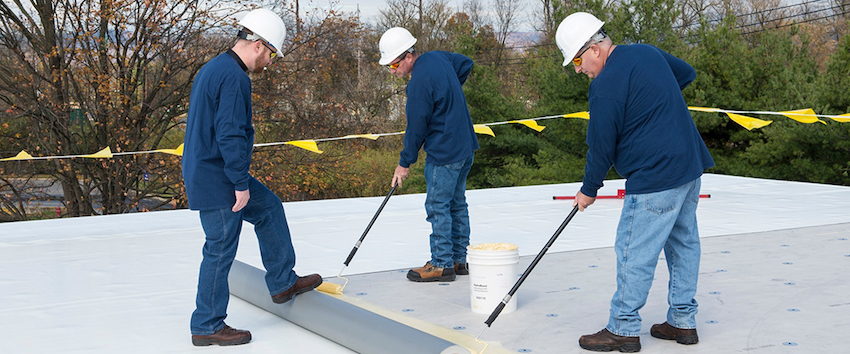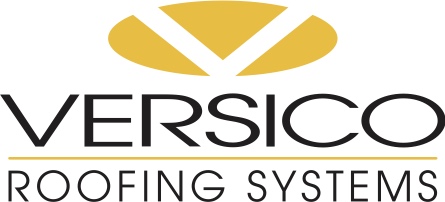PVC Roofing Materials
This course will describe the many benefits of using a white reflective PVC roofing membrane
Sponsored by Versico Roofing Systems
This course will describe the many benefits of using a white reflective PVC roofing membrane, including saving energy and reducing the use of fossil fuels. The question of which buildings should consider PVC roofs will also be discussed.

Photo courtesy of Versico Roofing
LEARNING OBJECTIVES
- Learn the history of PVC and its benefits to the environment and building occupants.
- Review how PVC membranes fit within building codes for fire resistance and within industry energy programs promoting sustainability.
- Review studies on the material’s service life so the designer is more prepared to discuss PVC options with the building owner.
- Learn how the characteristics of PVC roofing membranes can help prevent the spread of fire and how PVC membranes use less fossil fuels than other thermoplastics.
- Learn how decisions about different roofing components, such as the thickness, scrim choice, and formula in the manufacturing of PVC roofing membranes can affect buildings and their occupants.
ALL CREDITS
As an IACET Accredited Provider, BNP Media offers IACET CEUs for its learning events that comply with the ANSI/IACET Continuing Education and Training Standard.
This course is approved as a Structured Course
This course can be self-reported to the AANB, as per their CE Guidelines
Approved for structured learning
This course can be self-reported for Learning Units to the Architectural Institute of British Columbia
Approved for Core Learning
This course can be self-reported to the NLAA
Course may qualify for Learning Hours with NWTAA
Course eligible for OAA Learning Hours
This course is approved as a core course
Versico was formed in 1993 through the acquisition of a major single-ply roofing company. Now, over thirty years later, Versico has positioned itself as one of the top three single-ply roofing system manufacturers in the U.S. by focusing its efforts on quality products and exceptional service. Versico has been instrumental in the development of today’s leading technologies in the commercial roofing industry. Versico’s product offerings include VersiGard® EPDM, VersiWeld® TPO, VersiFleece® TPO and PVC, VersiFlexTM PVC, VersiFlex KEE HP, RapidLock Roofing Systems, garden roof systems and a complete line of insulation and accessory products. Each of these systems comes with several warranty options ranging from five to thirty years. Whatever your needs, Versico provides a comprehensive offering of products and services, which is why Versico is your single source for single-ply roofing.
Originally published in Architectural Record
Subscribe to Architectural Record
Originally published in April 2024









